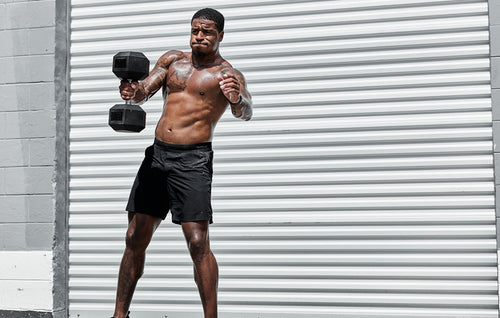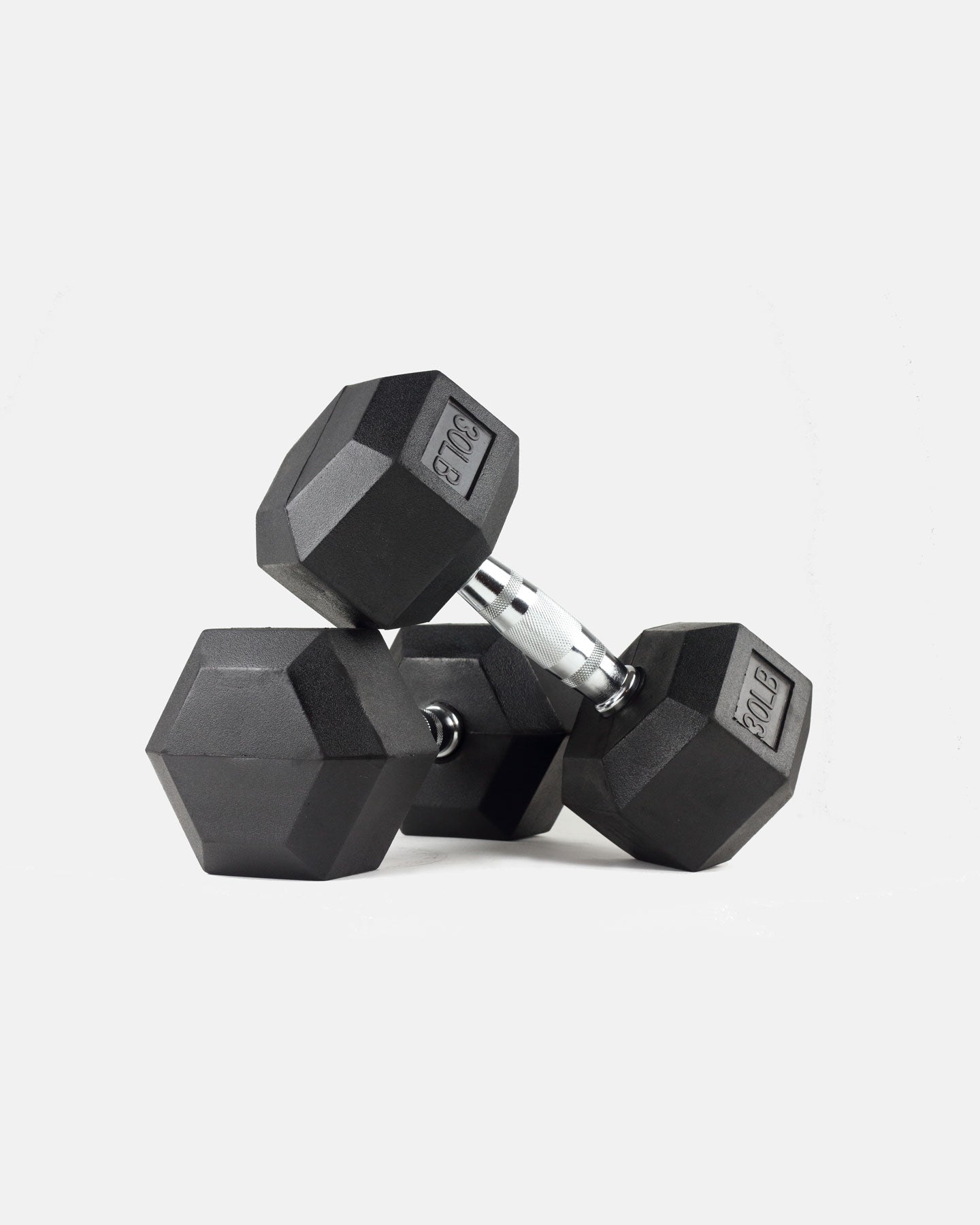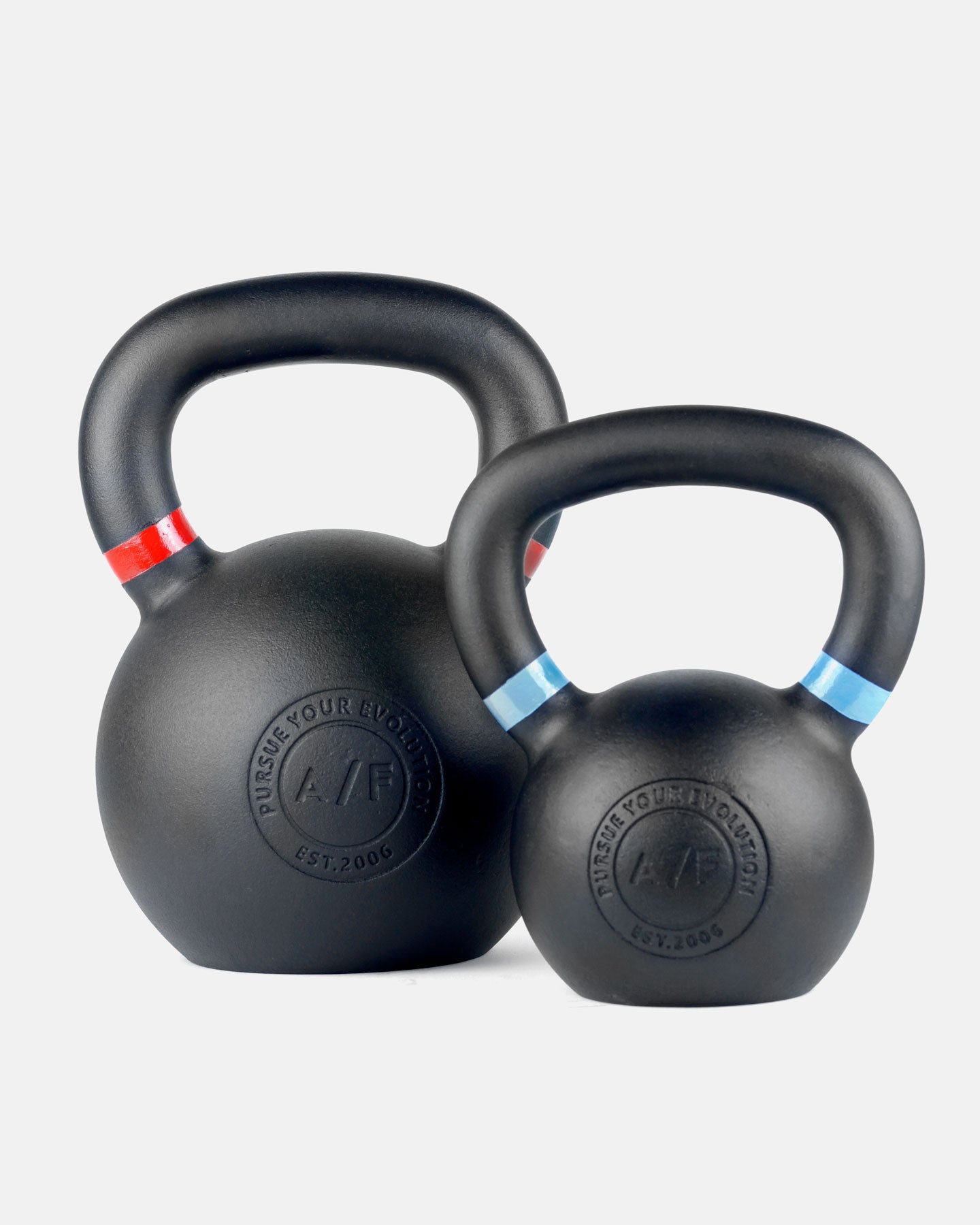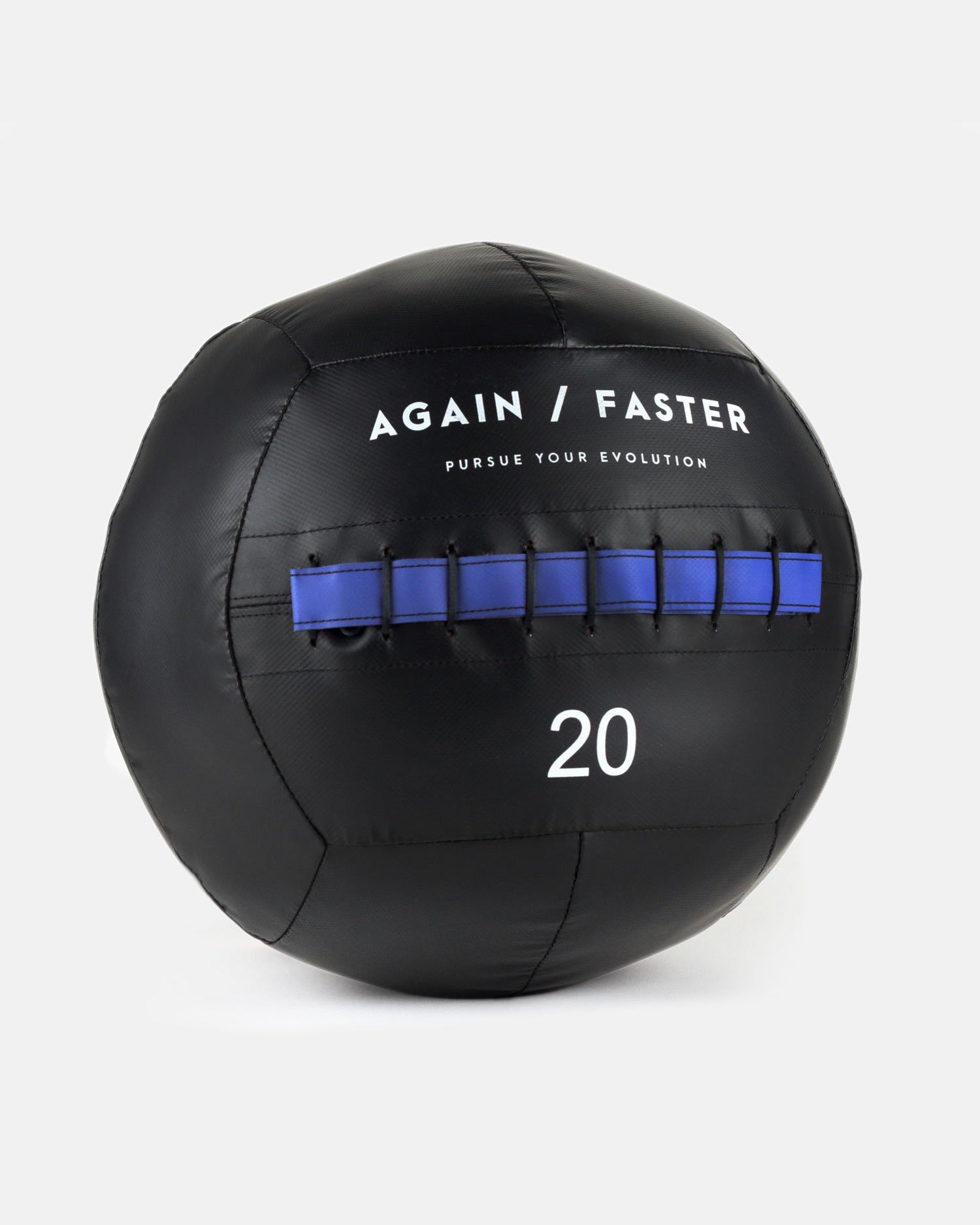What Is Functional Fitness?
Functional training focuses on building muscle strength and endurance through everyday actions—incorporating multiple muscle groups at once. It helps improve balance, coordination, flexibility, posture, and overall quality of life. It can also help reduce the risk of injury.
Functional fitness exercises emphasize core stability while using various muscles in the upper and lower body simultaneously.
A deadlift is an example of functional movement training. During a deadlift, you're training the muscles you use when you pick up a heavy object from the floor and return it safely. By conditioning your body to work the way it works during normal activities, you help it become better at performing its daily functions.
You can perform functional exercises at home exercises at home or at the gym.
Some gyms may include functional training exercises in their regular exercise programs or even offer specific functional fitness classes. Various equipment, including fitness balls, kettlebells, and weight machines, are often used in functional fitness training. But equipment is not required during functional fitness workouts.
Foundations of Functional Fitness
There are a couple of basic components of functional fitness. To be able to move freely without worrying about injuries, you need to master the basic movements and proper form first. They consist of strength, balance/coordination, power, range of movement, and flexibility.
Paying attention to these aspects of your fitness routine will help you achieve numerous benefits that will carry over into your Activities of Daily Living (ADLs). Common movements such as walking, jogs, runs, sprints, jumps, lifts, pushes, pulls, bends, twists, turns, stands, starts, stops, climbs, and lunges will be easier to perform when working to improve functional fitness.
Functional Fitness Benefits
Functional fitness exercises tend to be multijoint, multi-muscle exercises. For instance, instead of just moving the arm by bending at the elbow joint, a functional movement might involve the shoulder, hips, knees, and ankles.
Functional fitness is meant to help you be prepared for all aspects of your daily life, not just to succeed at lifting heavy weights in the gym.
Functional fitness training program may be the answer if you can hit a 300-pound back squat but you’re out of breath walking from your vehicle to your front porch. This type of training will help you develop into a better overall athlete who will be able to use your skills outside of the gym for everyday tasks.
Improve Movement Efficiency
Even practiced athletes and fitness professionals can benefit from functional strength training methods. They can use foundational movements to perform at the highest levels of their sport. Many strength and conditioning coaches design exercise programs based on movement patterns to improve athletic performance.
Mobility is the capacity to regulate movement throughout an entire range of motion. When muscles on one side of a joint shorten, the muscles on the other side will lengthen. Many integrated movement patterns — such as squatting or pushing and pulling from a standing position — can improve overall muscle coordination and joint mobility.
Increase Aerobic Capacity
Functional cardio training includes high-intensity interval training (HIIT). Performing an interval workout on a treadmill, bike, or other cardio machine using the Tabata method involves completing eight intervals of 20-second exercise bouts at maximum effort.
One study found that results from a four‑minute Tabata cycle were superior to those achieved by exercising on a treadmill for 30 minutes. The participants completing the Tabata intervals were doing HIIT for 12 minutes a week, while the 30-minute group was running at a moderate level of intensity for a total of 90 minutes per week. After sixteen weeks, the Tabata group improved their aerobic capacity and time-to-exhaustion more than the 30-minute treadmill group.
Functional Fitness Training Exercises
These movements target every major muscle group, working them together so they perform better when you're lifting weights, playing sports, or carrying groceries from the car.
Functional Fitness: Training for Life
Functional fitness training is an easy, effective way to stay fit, healthy, and strong for everyday life. Over time, adding functional exercises to your workouts will improve your ability to perform everyday activities.
As with any type of exercise program, proper training and recovery are necessary for seeing your desired results. The overall intensity of your workout routine will determine how many days a week you train. Keep in mind that most functional training workouts are full-body workouts, so it’s a good idea to take a rest day between training sessions.
Ready to add functional movements to your workout routine? Check out our selection of strength and conditioning equipment, such as hip resistance bands, medicine balls, sandbags, and more.











